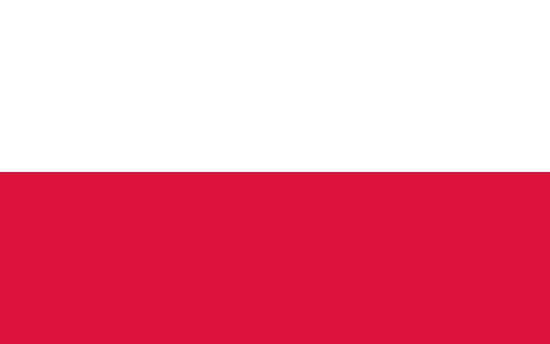"Białystok - miasto otwarte na różnorodność | Bialystok - a city open to diversity"
About:
Białystok, Poland, was first mentioned in 1437, gaining city rights in 1692. It flourished in the 18th century under the Branicki family, becoming a cultural and educational hub. The city experienced significant growth during the Industrial Revolution but suffered during both World Wars. Post-war, it was incorporated into the Soviet Union until 1991. Today, Białystok is an important educational and economic center in Northeast Poland, known for its rich history and cultural diversity.
When to visit:
Białystok, a charming city in northeastern Poland, experiences a continental climate with distinct seasons. The best time to visit Białystok for a holiday is during the summer months of June to August when the weather is warm and pleasant. This is also when the city comes alive with various cultural events, outdoor festivals, and vibrant street performances. For travelers seeking outdoor adventures, the summer season in Białystok offers opportunities for hiking, biking, and exploring the picturesque surrounding nature.
When to avoid:
Traveling to Białystok, Poland during the winter months, particularly in January and February, may not be ideal for holidaymakers seeking pleasant weather. The city experiences cold temperatures, often dropping below freezing and accompanied by snowfall. Additionally, winter months see shorter daylight hours, limiting the time available for outdoor activities and sightseeing. It is recommended to plan your visit during the warmer months of spring and summer when the weather is milder and more conducive to exploring the city and its surrounding attractions.
Winter (Dec-Feb)
In Białystok, winter is the coldest season, running from December to February. Temperatures often drop to -6°C, with January being the chilliest month. Snow is common, adding a magical touch to the cityscape but also making travel tricky. Winter days are short with only 3 hours of daylight in December. Cloud cover is high, with frequent gray skies. Rainfall is minimal, with snowfall taking precedence. For a visitor, an average day might involve bundling up against the cold, venturing out to explore the city's winter beauty, and warming up in cozy cafes.
"Summer (June-August)"
In Białystok, Poland, the warmest part of the year typically falls between June and August, also known as the summer season. During this period, the average high temperatures range from 20°C to 23°C (68°F to 73°F), while the average low temperatures fluctuate between 12°C and 14°C (54°F to 57°F). Rainfall averages around 70-90mm per month, with July usually being the wettest month.
In terms of sunlight, the summer days in Białystok are quite long, with daylight lasting up to 16-17 hours at the peak of the season. This is due to the city's high latitude. Humidity levels during these months are relatively moderate, averaging around 70-75%, which can make the heat feel a bit more intense.
As for cloudiness, summer days in Białystok are typically partly cloudy. However, you can expect several clear or mostly sunny days, particularly in June and July.
For a visitor, a typical day in Białystok during the warmest part of the year would feel comfortably warm, especially in the afternoon. Mornings and evenings are cooler, ideal for walks or outdoor dining. Despite the occasional rain, the long daylight hours provide ample opportunity to explore the city and its surroundings. The moderate humidity might make the air feel a bit heavy, but it's usually not a significant discomfort.
Language:
In Białystok, the most commonly spoken language is Polish, as it's the official language of Poland. However, due to the city's proximity to Belarus, a significant number of residents also speak Belarusian. Additionally, English and Russian are taught in schools, making them fairly common among the younger population.




